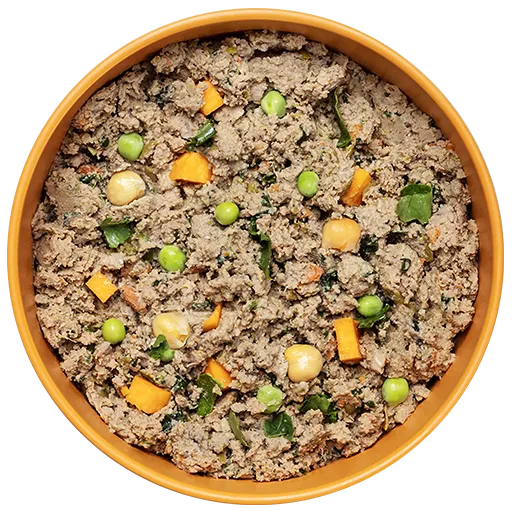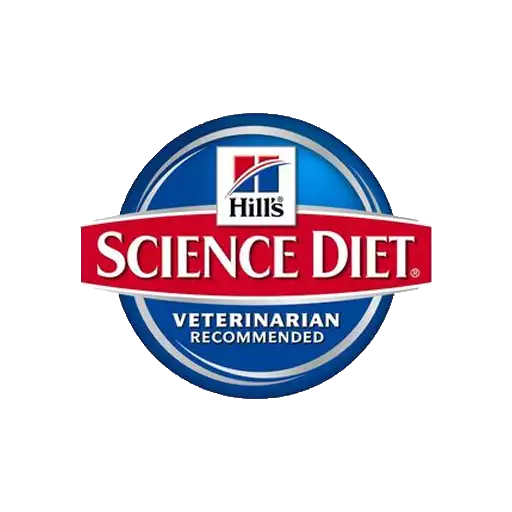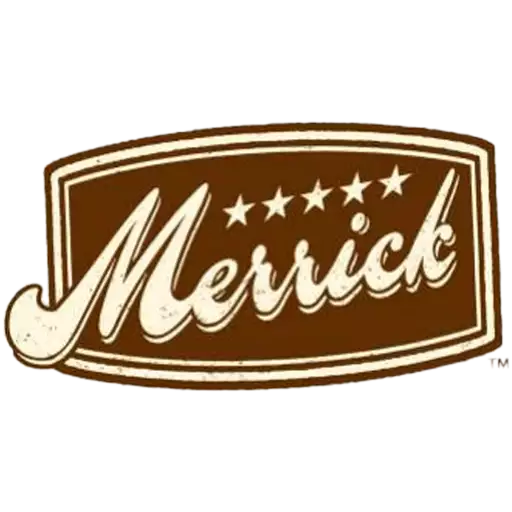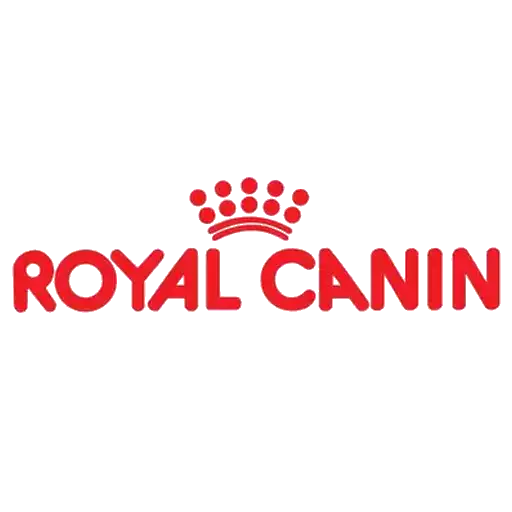
Selecting the right food for your small dog is essential to ensure they receive the proper nutrition to support their health, energy levels, and overall well-being. Small breeds have unique dietary requirements that differ from larger breeds, making it crucial to understand what to look for when choosing the best dog food. This comprehensive guide will explore the key considerations, nutritional needs, and top dog food recommendations tailored specifically for small dogs.
Best Dog Food for Skin & Coat 2024
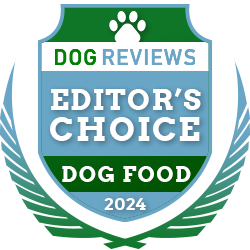
Human-Grade Fresh Dog Food
Personalized meals made from fresh, human-grade ingredients. Balanced to provide all the necessary nutrients for a shiny coat.
Field Testing, Data Analysis, and Expert Insight

Research & Review by Carlotta Cooper

Nutritional Analysis & Testing by Tim Seidler
Understanding the Nutritional Needs of Small Dogs
Small dogs, typically weighing under 20 pounds, have faster metabolisms and higher energy requirements per pound of body weight compared to larger breeds. This means they need calorie-dense foods packed with essential nutrients to sustain their energy levels throughout the day. Because of their small stomach capacity, frequent feeding is also necessary to maintain energy levels and prevent hypoglycemia, a condition that small dogs are particularly prone to due to their high metabolic rates.
Key considerations include:
- Higher Caloric Intake: Small dogs burn calories faster per pound of body weight compared to larger dogs, necessitating a diet that is higher in calories relative to their size to maintain healthy body functions.
- Small Kibble Size: Appropriately sized kibble ensures easy chewing and digestion, preventing choking hazards and supporting oral health.
- Balanced Nutrients: Adequate proteins, fats, carbohydrates, vitamins, and minerals are vital for maintaining muscle mass, coat health, and overall vitality.
Essential Nutrients for Small Dogs
- Protein: Crucial for muscle development and repair. High-quality animal proteins like chicken, beef, lamb, and fish should be primary ingredients, offering complete amino acids that are essential for a small dog’s health.
- Fats: Provide concentrated energy and support skin and coat health. Look for sources like chicken fat, fish oil, and flaxseed.
- Carbohydrates: Supply energy and support digestive health. Whole grains like brown rice and oats, as well as complex carbs like sweet potatoes, are excellent choices.
- Fiber: Aids in digestion and promotes healthy bowel movements. Common sources include beet pulp and chicory root.
- Vitamins and Minerals: Support immune function, bone health, and overall well-being. Look for foods fortified with essential vitamins and minerals, including calcium, phosphorus, and vitamin D.
- Omega Fatty Acids: Omega-3 and omega-6 fatty acids support skin health, reduce inflammation, and promote a shiny coat. Ingredients like fish oil and flaxseed are great sources.
Life Stage and Health-Specific Needs
Sensitive Stomachs/Allergies: Hypoallergenic or limited ingredient diets can help manage food sensitivities and allergies, reducing the risk of digestive upset and skin issues.
Puppies: Require higher protein and fat content to support rapid growth and development. DHA is essential for brain and eye development.
Adult Dogs: Need balanced nutrition to maintain optimal health and energy levels throughout their lives.
Senior Dogs: May require lower calorie intake to prevent obesity and benefit from added joint support supplements like glucosamine and chondroitin.
Types of Dog Food Suitable for Small Breeds
Dry Dog Food (Kibble)
Advantages:
- Convenient and easy to store.
- Helps maintain dental health by reducing plaque buildup through the natural crunch of the kibble.
- Variety of formulas tailored for small breeds, often featuring smaller kibble sizes for easy chewing.
Considerations:
- Ensure kibble size is appropriate for small mouths to avoid any risk of choking.
- Look for high-quality ingredients without fillers or artificial additives to ensure optimal nutrition.
Wet Dog Food (Canned)
Advantages:
- Higher moisture content aids in hydration, especially important for dogs that don’t drink enough water.
- Palatable and appealing for picky eaters, making it a good choice for dogs with finicky appetites.
- Softer texture is suitable for dogs with dental issues or those transitioning from a softer diet.
Considerations:
- Typically more expensive than dry food and requires refrigeration after opening to maintain freshness.
Freeze-Dried and Dehydrated Food
Advantages:
- Retain most of the nutritional value of raw ingredients while being lightweight and easy to store.
- Often made with high-quality, natural ingredients that mimic a raw diet, providing essential nutrients in a less processed form.
Considerations:
- Need to be rehydrated before feeding, which may require extra preparation time.
- Can be more costly than traditional kibble, though they offer a closer alternative to raw diets.
Fresh Frozen Food
Advantages:
- Made from human-grade ingredients and often customized to your dog’s specific nutritional needs.
- High in protein and moisture, supporting overall health, hydration, and maintaining a shiny coat.
- Meals are often pre-portioned and delivered fresh to your door, ensuring convenience and quality.
Considerations:
- Fresh food options are generally more expensive and require refrigeration, though they offer significant benefits in terms of quality and nutrition.
Air-Dried and Raw Food
Advantages:
- Provide unprocessed nutrition that mimics natural canine diets, often leading to improvements in coat condition and energy levels.
- Air-dried options like Ziwi Peak and Sundays offer the benefits of raw feeding without the need for freezing or refrigeration, making them convenient and nutritionally dense.
Considerations:
- Raw diets require careful handling to prevent bacterial contamination and need to be balanced to ensure they meet all of your dog’s nutritional needs.
Best of The Rest

Ziwi is known for it’s premium ingredients, featuring over 96% meat, organs, and bones in its formulations. This nutrient-dense formula means you can feed your small dog less while still meeting their needs.

Ollie offers personalized meal plans based on your dog’s age, weight, activity level, and dietary needs, ensuring that your small dog receives the exact nutrition they need.

Great for owners looking for a convenient, nutrient-rich alternative to kibble with raw food benefits and a flavor that rivals most healthy dog treats.

Formulated by veterinary nutritionists to ensure complete and balanced meals and conveniently delivered to your home in pre-portioned packs tailored to your small dog.

Contains omega-6 fatty acids and vitamin E for skin and coat nourishment and has easily digestible ingredients for small dogs with sensitive stomachs.

This chicken recipe contains wholesome whole grains, garden veggies, and fruit and is enhanced with exclusive LifeSource Bits rich in antioxidants.

Real deboned beef as the primary ingredient. Grain-free with sweet potatoes and peas providing digestible carbohydrates.

This formula includes a mix of chicken, lamb, and salmon, providing a diverse amino acid profile that supports lean muscle maintenance and overall health in small dogs.

The formula includes optimal levels of EPA and DHA to promote healthy skin and a shiny coat, which are important for small breeds prone to skin issues.
FAQs on Feeding Small Dogs
1. What makes small breed dog food different from regular dog food?
Small breed dog foods are formulated with higher calorie density to meet the energetic needs of small dogs. They also feature smaller kibble sizes for easier chewing and digestion.
2. How often should I feed my small dog?
It’s recommended to feed adult small dogs two to three times a day. Puppies may require more frequent meals, up to four times daily, to support their growth and prevent hypoglycemia.
3. Is grain-free food better for small dogs?
Grain-free diets can be beneficial for dogs with specific grain allergies or sensitivities. However, grains provide valuable nutrients, and unless your dog has a diagnosed sensitivity, grain-inclusive diets are perfectly healthy.
4. Can I feed my small dog only wet food?
Yes, wet food can be a complete diet for small dogs, providing adequate nutrition and hydration. However, it’s essential to ensure the wet food is balanced and meets all nutritional requirements.
5. How do I know if my small dog is allergic to certain foods?
Common signs of food allergies include itching, skin irritations, digestive issues like vomiting or diarrhea, and ear infections. If you suspect a food allergy, consult your veterinarian for proper diagnosis and dietary recommendations.
6. Are raw diets safe for small dogs?
Raw diets can be appropriate if properly balanced and prepared with safe handling to prevent bacterial contamination. Consult with a veterinarian or a canine nutritionist before starting a raw diet.
7. What human foods are safe to feed my small dog?
Some safe options include plain cooked meats, carrots, green beans, and small amounts of fruits like apples (without seeds). Always avoid toxic foods like chocolate, grapes, onions, and garlic.
8. How can I tell if my small dog is overweight?
You should be able to feel your dog’s ribs without excessive fat covering and see a visible waistline when viewed from above. If in doubt, consult your veterinarian for a body condition assessment.
9. Should I give my small dog dietary supplements?
If your dog is eating a balanced and complete diet, additional supplements are usually unnecessary. However, for specific health issues, your vet may recommend supplements like omega fatty acids or joint support.
10. How do I transition my small dog to a new food?
Gradually introduce the new food over 7-10 days by mixing it with the old food, increasing the new food’s proportion while decreasing the old food. This helps prevent digestive upsets during the transition.
Conclusion
Choosing the best dog food for your small dog involves considering their unique nutritional needs, life stage, and any specific health concerns. Prioritize high-quality ingredients, appropriate calorie content, and suitable kibble size to ensure your furry friend enjoys optimal health and vitality. Always consult with your veterinarian before making significant changes to your dog’s diet to tailor nutrition plans to their individual requirements.
Did You Know?
Over 4,000,000+ pet parents have relied upon Dog.Reviews and our sister brands to make informed dog food decisions since 2015.
How We Rate
Our brand ratings, which are determined on a scale up to 10, are based on a custom weighted formula of multiple trust factors.












